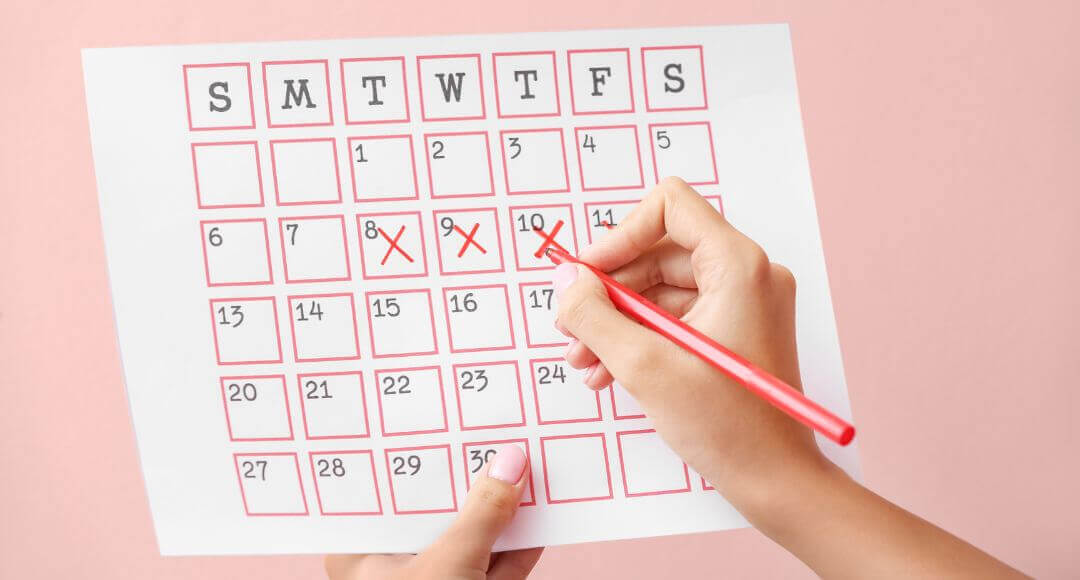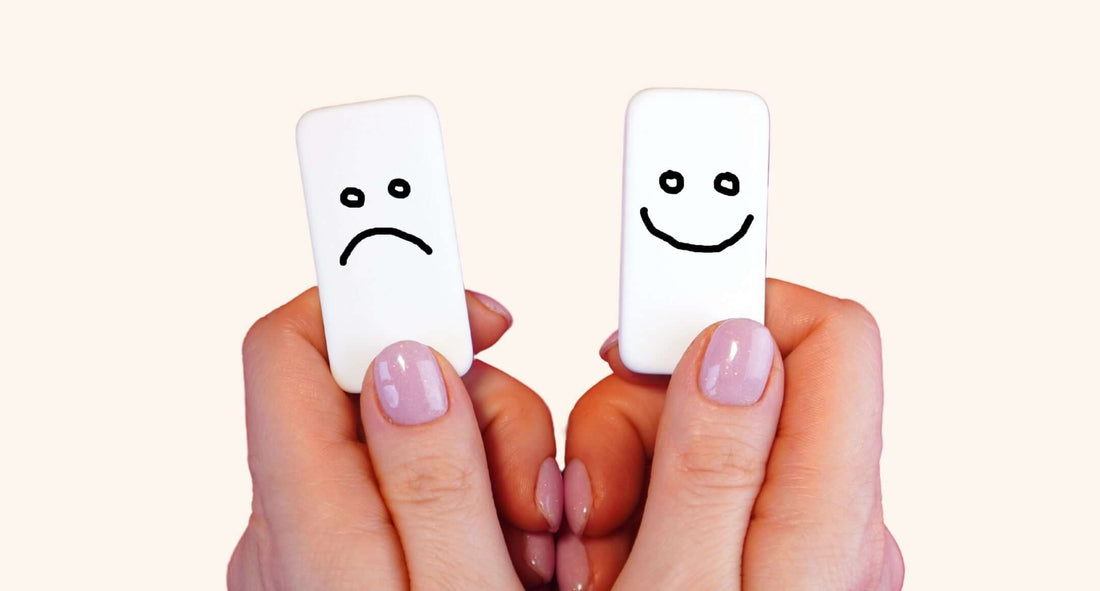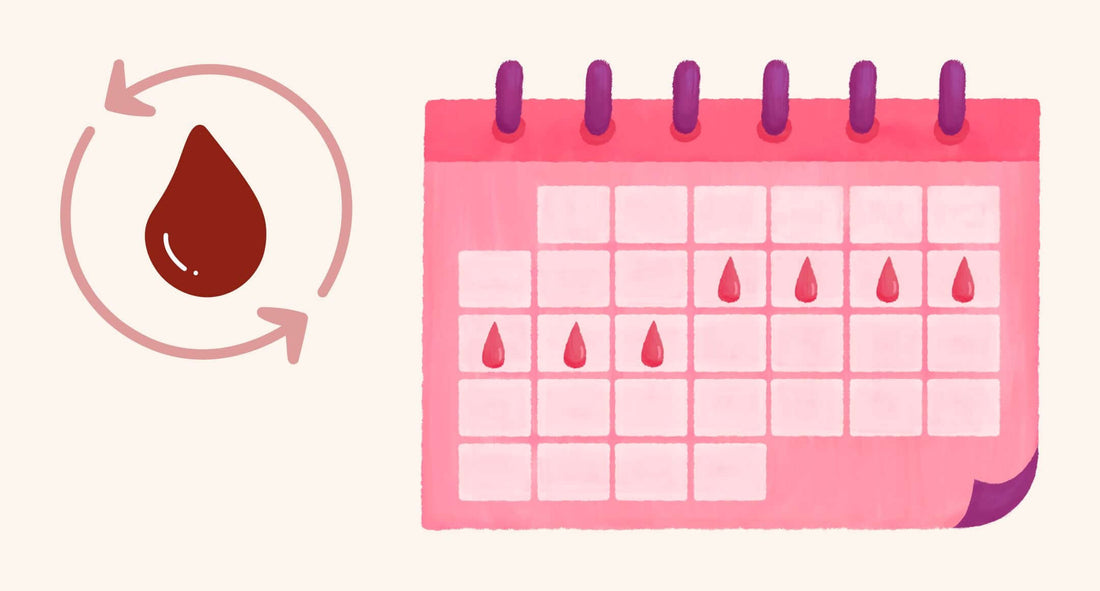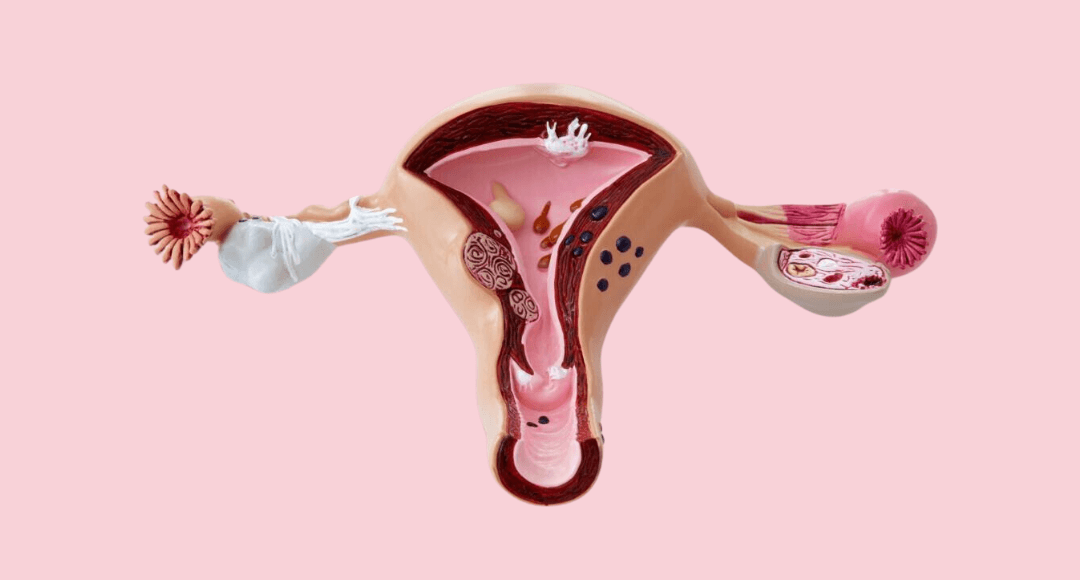Don't be alarmed if you sometimes experience clumps in your menstrual blood, or if it's a bit slippery. The consistency of menstrual blood varies from person to person, so don't worry. The composition and texture of your menstrual blood can tell you something about the health of your uterine lining. Menstrual blood also contains uterine tissue, so its texture is often different from normal blood. It can be thick, lumpy, slippery, or light—we'll explore that in more detail later.
What does it mean when my period blood is watery and thin?
A thin, watery texture is usually a sign of light flow. If it occurs with a light pink menstrual flow, it can be a sign of stress or perimenopause.
My period blood is thick, lumpy and contains clots, what does that mean?
On the heaviest day of your period, you may see clots and thick lumps in your menstrual blood. This is generally accompanied by a darker blood color. This is because it has had time to build up in your body (also read our blog about the colors of your period blood ). If you like wearing period underwear , you can easily remove these clots with a tissue in the toilet for a clean and fresher feeling. If the clots in your blood are the size of a 50-cent coin or larger, this could be a sign of a miscarriage or uterine fibroid. The latter is a small, benign tumor that grows in the uterus. So, visit your doctor and get checked.
What if my period blood is stringy?
Older, dark red or dark brown menstrual blood can have a stringy texture. It's another form of blood clotting, and that's perfectly fine!
What does it mean when menstrual blood is slippery and jelly-like?
Smooth menstrual blood with a jelly-like texture is a mixture of high levels of cervical mucus. Nothing to worry about.
So… What does the thickness of your menstrual blood say?
When you're menstruating, the texture and color of your blood can change constantly. This is all part of the process. It's important to pay close attention and listen to your body, and also to pay attention to the patterns and changes in your body. Only you know what's normal for your body.
If you're unsure, we recommend keeping a menstrual diary for one or two months, recording your period dates, the approximate amount of blood, and the color and texture of your blood. Take this diary with you when you visit your doctor. In that case, don't wear period pants for a while, but rather white sanitary pads to accurately track your blood color and texture. You can download a menstrual calendar from the Thuisarts website.






























